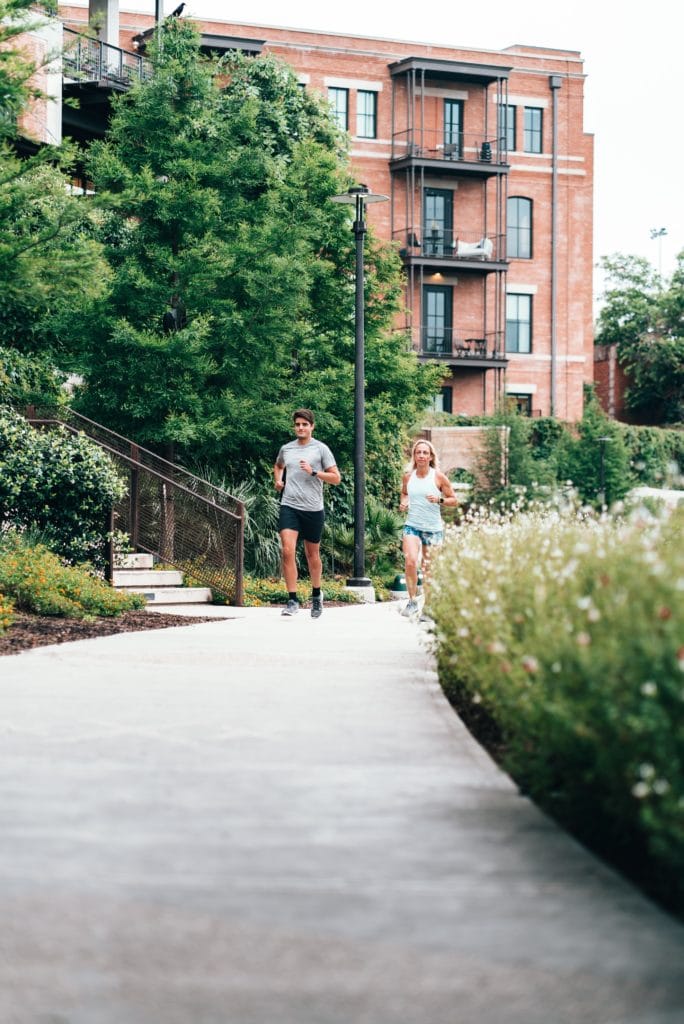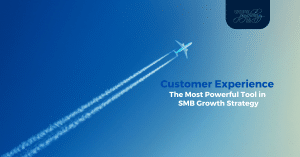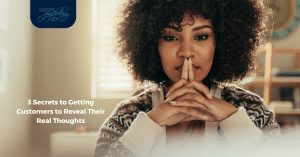I’m not a great athlete, but I’ve been a runner for pretty much most of my life. I run for many reasons…. to clear my head, keep a basic fitness, manage my weight, to decompress… I use running as an antidepressant, a coping mechanism, a tonic, an escape and to practice mindfulness. Not much can beat the feeling when you put on your running shoes and start your run with the smell of the morning freshness in your nostrils, happy chirps of a variety of birds in your ears and the sun rays reaching through the trees. During the hard lock down, it was the thing I missed most.
This past week, for probably the second time ever, I had an epic fall during a run… Out of nowhere, for no reason! Maybe I pushed a bit hard and was a bit fatigued, who knows, but when another runner stopped, masked-and-all, to check if I’m OK, I realised my ego was far more bruised than the body… but that moment replayed quite a bit in my mind the past few days. I believe these things happen when the universe has a message for you. You may not agree, but on a certain level, symbolically a fall requires you to pause, assess and address your injuries, and then move on. And that is when I connected the dots. I was reflecting on how much I love running, especially when I am fit, and how it has helped me through the years to cope with many of life’s challenges, especially through these past few months. Running holds many benefits, including lessons about strength, endurance, courage, disappointment, freedom, victory, amongst others. On reflection, I realised that these lessons have many parallels with customer experience…. Here are some lessons from running that I believe to be relevant in the quest to recover from these trying times, and more than ever, becoming more customer focused.
1. Have a compelling reason, a strong desire and a long term plan
Let’s say you want to get fit, fitter, or you want to loose weight, or you want to run a marathon – how do you go about it? Most of us cannot run a 10km or a marathon with no training at all (or risk serious consequences for your body). It always starts with your reason – why you want to do it. The reason should be compelling enough to carry you through the journey, especially the hard times – like getting up on a cold winter’s morning, when you want to stay in bed. Then you need the fuel to ignite the fire… your desire to achieve a goal (run a marathon, 10km, loose 2kgs etc…). The next step is to work out how you are going to approach it – a training programme, which will always include regular running and milestones.
To use customer experience as your differentiator in business, especially to recover from the current challenges, you also need these three elements to start – a reason, a desire and a plan. The first step is to agree on the “why”, the reason for embarking on this journey. Then the organisation’s desire or intention must be embraced by all, but especially by the leadership. This is followed by figuring out what you need to get there – craft your customer experience strategy – your plan to approach.
2. Use tried-and-tested approaches
Once you set the goal (running a 10km) you need to figure out what works best for you to get there. For running, there are a few tried-and-tested ways to achieve it… You either need to run more often (frequency), run longer distances (endurance) or run faster (speed) or all the above. Let me not get into interval training (sprint and rest)…Everyone builds fitness differently.
Organisations need to consider proven approaches on the road to customer centricity. For instance, the following approaches should be included in the “programme”: talking to your customers and employees about their needs, defining the experience you want your customers to remember (experience essence), crafting your customer journeys, building a supportive culture to deliver this experience, and supporting employees with mastering the necessary skills.
3. Track your progress
I use a watch (Garmin) to measure a few important fitness indicators, such as my resting heart rate, my average (and maximum) heart rate while running, effort levels, pace, and of course, how I’m performing against other runners on the same routes. I monitor my progress on Strava, a popular platform for this purpose. These all tell me if I am getting fitter and getting closer to my goals.
Organisations also need to identify what needs to be tracked, and monitor progress against the goals. There is no one-size-fits-all here. Depending on what has to be achieved (improved experience through all channels, customer retention, competency levels, etc), the right metrics to track progress have to be identified and put in place. A successfully executed customer experience plan will benefit the organisation on many levels, including retaining customers, solving their problems efficiently, leaving them more satisfied, discovering more efficient pathways to deliver your service – saving money, increasing your marketshare, attracting and keeping the best talent… Appropriate metrics therefore have to track the progress toward reaching goals.
4. Stretch beyond the comfort zone
When I stretch myself a bit on the distance, or pace, I found my performance improves, especially on the shorter routes. For example, my regular running distance of 5km always seems to be challenging, until I start pushing myself somewhat – be it increasing pace or stretching the distance to ,say 7km. Miraculously, when I try a 5km again, my performance is so much better. It is only once you push yourself outside of your comfort zone, that the incremental improvements pay off.
This I witnessed this “stretching-comfort-zones” effect personally when working with an underperforming team with extremely demanding volume-based targets. We challenged (and supported) the team and the leadership to adjust their approach to customer conversations and to embrace empathy and connection, over target volumes. It pushed everyone from the default script-based approach, nestled in process and procedures, to more authentic customer engagement. A 300% increase in volume was achieve within 3 months. As the team experienced the “stretching-comfort-zones” effect, they started believing their targets were achievable (and enjoyed the contact with customers much more!).
Unexpected results from pushing the boundaries or comfort levels, can be achieved from unusual activities such a manager taking a seat in the call centre for a day or observing a customer co-design group to hear what customers really think, feel and do (equally when time is taken to listen to staff). Once employees are challenged to doing the right thing for customers (beyond the comfort zone) and without fear of punitive consequences, learning and growth follow and so does improved customer experience.
5. Visualise the journey
Simon Sinak explained in a podcast about starting your day more purposefully, how important visualising is. But, he says, it’s not visualising the goal, it’s also visualise yourself going through the motions that’s important. I realised that it is exactly what I have been doing with running, especially when I wanted to attempt a longer route or before a race. I would go through the route in my mind – where there is a challenging hill, I see myself running to the top feeling strong, or enjoying my favourite stretch next to the golf course, where the trees create a canope, or how I’m running past all the coffee shops where fellow runners and cyclists socialise after training. It’s all about “seeing” the route and seeing yourself doing it in your mind.
This is similar for organisations and why crafting customer journey maps are so important, to visualise your customers’ journey. Imagining how they go though every step of the journey, and experiencing it from their perspective, hold the key to understanding how you can deliver and exceptional or differentiated experience.
6. Sharing the effort
A lesson I learned about my ability to run a personal best, was based on two parts. On the one hand my brother-in-law (an excellent cyclist himself) wishing me good luck before my favourite annual half marathon, and casually, said.. “So this time you doing a sub 2 hours, right?” My immediate response was.. “No ways, I’m not there yet!” But it planted the possibility.. If he thought I could do it, maybe, just maybe …I can do it? I had a great start in the race, and around mid way, I started running with another runner, who claimed to have been out of action a bit and not able to run with his running buddies, but he was a regular sub-2 hour runner. As it happened, we ran about ten kilometres together, when I lost him. But, in the time we ran together, without realising, our average pace was faster than my normal pace, which in the end, helped me achieve the goal, unthinkable before. This is the same technique cyclists use (one I have not mastered well) to ride in a pack, and sharing effort.
When cross-functional teams work together and share the effort, unexpected results can be achieved. In fact, when teams craft their customer journeys, the success is sometimes unwrapped through the subsequent cohesion (camaraderie), shared ownership and responsibility for customer experience, increased sense of purpose and empathy, and improved customer experience. It’s a collective understanding, a sense of being valued enough to be included in design, and learning from others, that instills the belief in reaching the impossible.
So… As a believer in signs from the universe, my recent fall made me pause, reflect and realise how transferable lessons are in all dimensions of our lives.
In closing… Though I don’t feel like running everyday and the aches, especially those that age adds to the running equation, I know inherently how running benefits my physical and emotional well being.. And I remember how great it feels when I’m out there, and smell the morning freshness or when I’m in the “zone” and feel indestructible…then I “just do it”. The thing about customer experience is that many businesses know it’s the right thing for to do for their health and survival, but don’t embrace it as part of their “lifestyle”.. And then wonder why they don’t get ahead in the race… Go figure.
Partner with us at The Consumer Psychology Lab to craft your customer strategy. We are a boutique customer experience consultancy with the dream of creating magical experiences for consumers. To achieve that, we support our clients to adopt a more outside-in approach to their customer interaction. Equally important, we support our clients to empower their employees with skills that enable them to deliver their desired experiences. www.consumerlab.co.za






